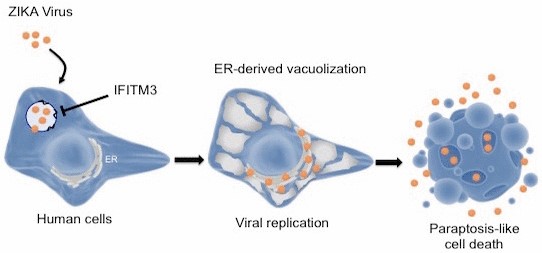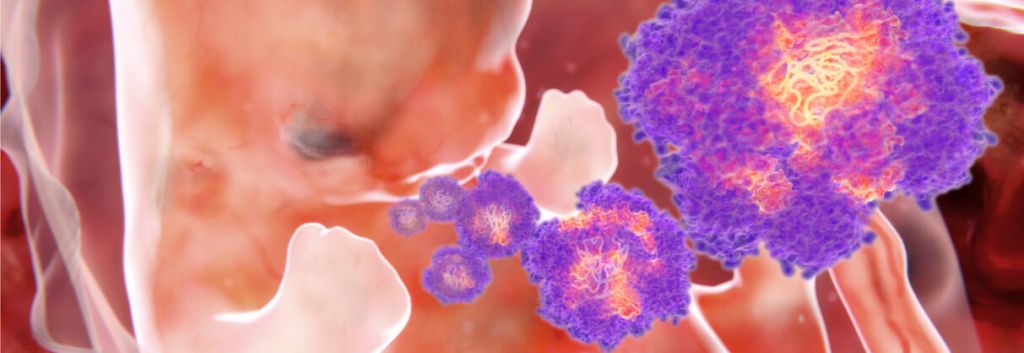Newsletter Signup - Under Article / In Page
"*" indicates required fields
Researchers from the Institut Pasteur and the Inserm have identified a protein target that, when overexpressed, can block Zika infections.
The recent Zika epidemics in the Pacific and South America has led the World Health Organization (WHO) to declare a state of global emergency. One of the biggest concerns at the moment is that the virus is causing microcephaly and Guillain-Barré syndrome to infants born from Zika-infected mothers. So scientists at the Institut Pasteur and the Inserm decided to get a deeper insight into the mechanism of action of Zika.

The results, published in EMBO, reveal that the virus causes the “implosion” of infected cells. A specific protein, the interferon-induced transmembrane protein 3 (IFITM3) proved to play an essential role in this process. When removed, cultured cells were highly sensitive to Zika infections, whereas its overexpression blocked the replication of the virus.
IFITM3 belongs to a protein family involved in the innate immune response that protects cells from viral infection by inhibiting virus-cel fusion. IFITM proteins can block a wide range of viruses, including influenza, dengue, hepatitis C, ebola, and HIV.

Currently, women in high-risk areas are just recommended to delay their pregnancies, since no available treatment can effectively prevent infections. This research opens up the possibilities to develop therapies to prevent zika birth defects by targeting the IFITM3 protein.
Meanwhile, the British biotech company Oxitec is developing an alternative approach to fighting the disease. Since Aedes mosquitoes are the main transmitters of the disease, reducing their population can be an effective measure to stop the disease spread. Oxitec is testing genetically modified mosquitoes whose offspring die before mating, which has proved to reduce local mosquito populations by up to 91%.
Images from Juan Gartner / Shutterstock; B Monel et al. EMBO J, 2017






